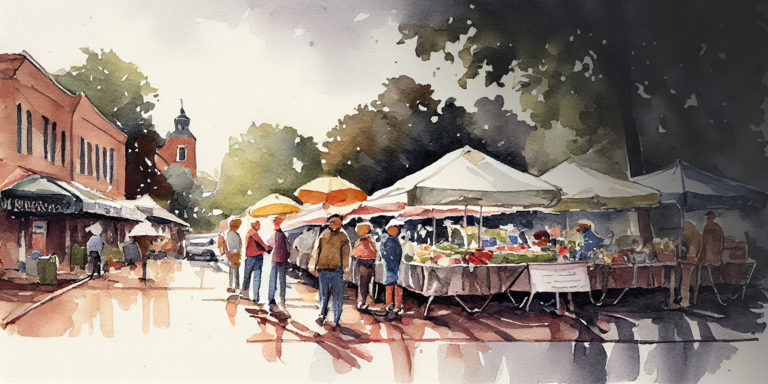Pricing is one of the most difficult things to get right for artists and crafters. So many other aspects of your business – marketing, accounting, managing – depend heavily on charging the right rate, so it is important that you not neglect this important part of your business.
The following are a few tips for you to consider when you decide on your pricing.
It is a good idea to keep good track of expenses (maybe even keeping expense reports). Some of you reading this might think, “But I’m just a small business and I don’t need to go to all that trouble,” or “I only do this as a hobby, so I don’t need to use expense reports.” Keep in mind, though, that in most cases these reports can make your job much easier. Most important – keeping good track of expenses helps determine the right pricing.
Decide what your time is worth. You need to be paid for the work you did. Decide what hourly rate you would like and multiply that by how many hours it took you to make the product. For example, if you want to pay yourself $20.00 an hour, and it took you three hours to make the product, you need to include $60.00 in the price ($20.00 X 3 = $60.00). This is not the final price you should charge. You also need to add in all of the expenses you incurred to make the product, including any storing and shipping you paid for as well as the salaries of any employees you have that contributed to the product.
Remember that the price you set for your item determines its perceived value. If you don’t believe this, find someone who decided to double their prices because they wanted to stop making the crafts and thought that would be a good way to lose clients. Many of them will tell you that by increasing their prices, the demand for their products actually increased. Why? Because customers felt the higher prices indicated a higher value.
Be realistic about your prices. Being able to charge $100 for the product that cost you $1.00 in expenses would be great, but it isn’t realistic. There comes a point when nobody will pay the price you’re asking, no matter how much money they have. You also need to remember that under pricing your product isn’t realistic either because you are going to lose money in the sale. The trick is to find a happy medium. If all else fails and you are having trouble figuring out what your prices should be, look around at similar products from your competitors and price yours comparatively. Once the sales start coming, though, you should revisit the pricing to make sure you are actually making money.
Once you have found the price that works best for you and your product, that is not the end of the story. You must continually stay aware of many different factors that could affect the price of your item, including supplies, storage, and labor. Pricing is an art that that, if you are diligent and work hard at, you can perfect.










